I have been coming to this world renowned tobacco farm since sometime in 2005 while Alejandro Robaina, the farm’s namesake, was still alive. Actually that isn’t the name of the farm, although few know it by its real name (I always forget), Cuchillas de Barbacoa, most refer to it as the Robaina Farm including myself. A lot has happened since Alejandro’s death and none of it has to do with Alejandro’s grandson who now runs the farm. Bad weather over the last couple of years has devastated the region and the shortage of water today doesn’t help. Even though production of tobacco had been down during that time, Robaina’s farm still produced that little bit more than the rest. During the 90’s there was no question that this farm was one of the best in the Vuelta Abajo region, 80% of the tobacco grown here during that time was good enough to be used for precious wrapper leaf compared with 35% on other farms.
This farm was so good that Habanos SA honored Alejandro with his own line of cigars which were made in the H.Upmann factory. Before Hirochi would begin working on the farm alongside his grandfather, Alejandro sent him to the Partagas factory to get his roller’s degree and then to the H.Upmann factory to learn the process of the tobacco leaf after it leaves the Robaina farm, something that he himself didn’t know about. He had him work in every department he could before recalling him back to the farm to start working with him. That’s when he discovered that the Robaina Cigars sold in the stores have little to do with his tobacco and everything to do with his name. If you want to smoke a true Robaina you must go to the farm. Regardless, Robaina cigars are liked by many, including myself, and while Alejandro was alive he continued to produce some of the best tobacco on the island. He died April 17, 2010 but his grandson continues the legacy that his grandfather left him.
Some of you may not know who or what I’m talking about, unlikely, but possible. The Robaina farm was founded in 1845 with the original ancestors coming from the Canary Islands in the 1840’s. Alejandro himself was born in Alquízar, Pinar del Rio. He lived on the family farm at that time and started in the business at age 10, not long after that he smoked his first cigar. He took over the family business after his father’s death in 1950.
After the Revolution of 1959 all the farms were taken over by the new government and turned into a sort of cooperative. Alejandro refused to join the ranks stating that it was no way to run a farm, he felt it would be better for production if it would remain a family run operation. Fidel granted him that freedom and his farm flourished far better than the rest producing some of, if not the highest, yields of wrapper leaf in the area… and Fidel took notice. Castro eventually visited the farm in the early 1980’s, he wanted to meet the famous farmer that was producing the best tobacco in the country. During his visit Alejandro had the gumption to tell Fidel that he would like to see his family name on a regular production cigar, and so more than 10 years later on June 7, 1997 a new brand was created with the Robaina name. In the 1990’s Fidel named Robaina the best tobacco grower in Cuba, a huge honor.
Upon Alejandro’s death Hirochi, his grandson, took over the farm. It’s been an uphill battle with the elements, the leadership and the public for Hirochi these last few years but he’s proven to everyone that his grandfather did a good job of teaching him the tricks of the trade. You can say what you want about Hirochi but the farm still produces some of the best tobacco in the country under his leadership and looks like it will continue to do so for generations to come. Like his grandfather, Hirochi has shown the knack for tobacco growing, Alejandro was right when he saw that in the boy many years before.
Editor’s note: Hirochi Robaina is also known for the HR Cigars brand, made in collaboration with Omar Gonzalez Aleman in Nicaragua.
If you can get yourself to this part of the country you can book a visit to the farm, they have tours which are very informative on the process of tobacco growing. Make sure to visit the Robaina museum in the house that was originally built for Alejandro (he never used it, preferred to sleep in the old house).
Many of the pictures used here were given to me by a friend living near the Robaina farm along with permission to use them on this blog post. My thanks to him.
The Robaina Farm : Photo Gallery
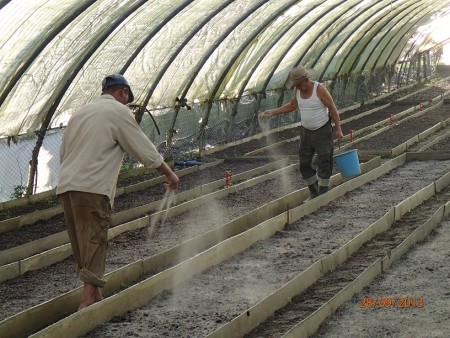
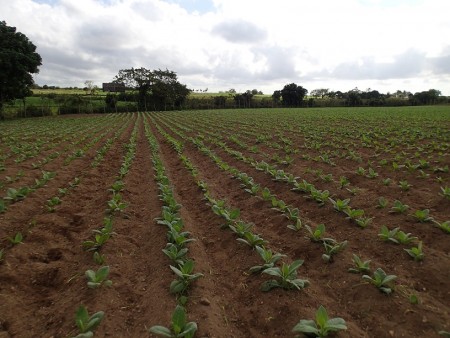
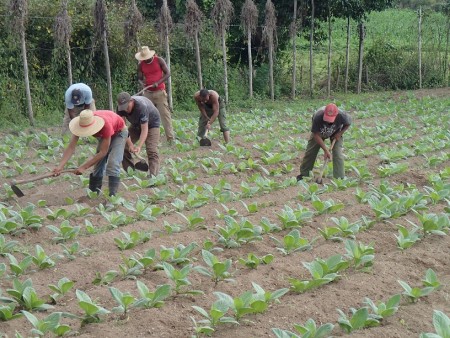
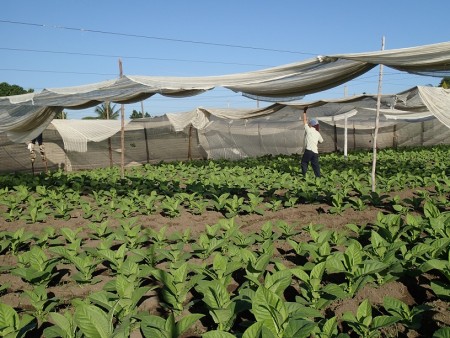
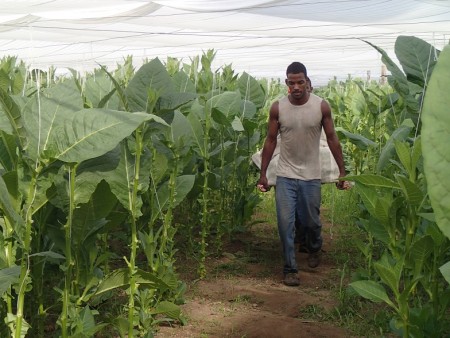
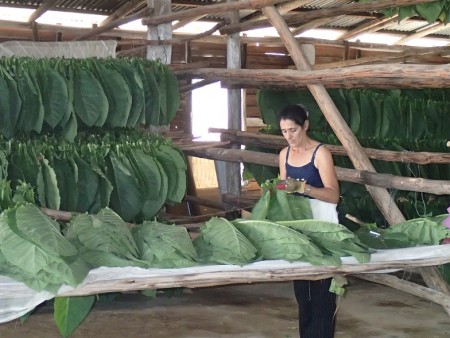
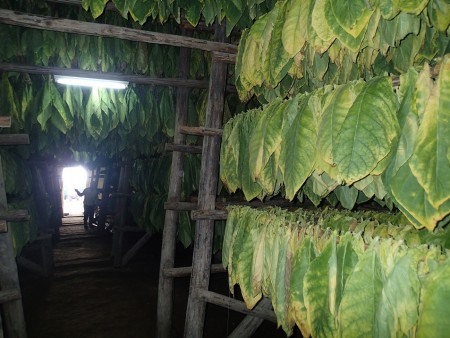
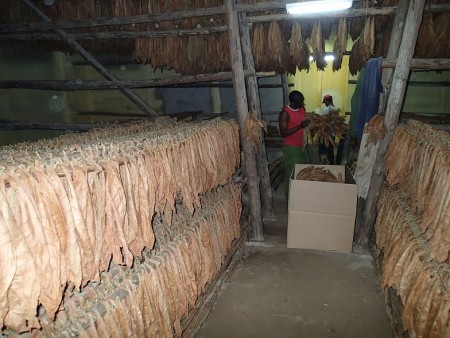

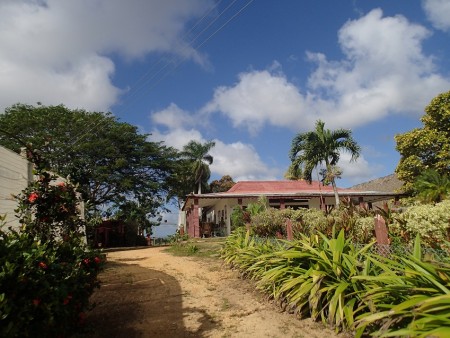
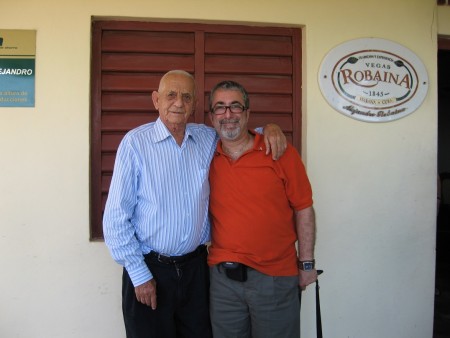
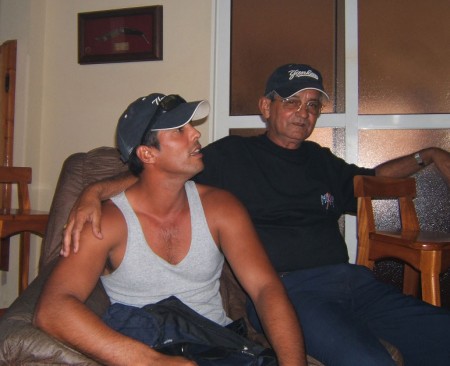
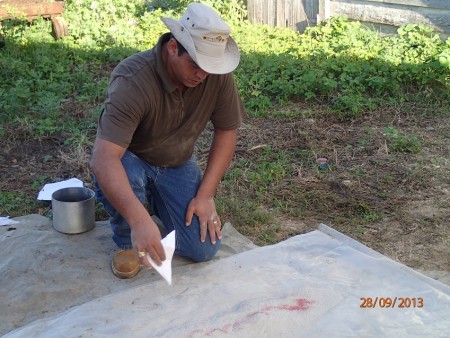
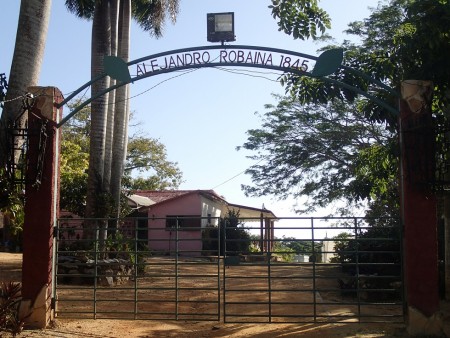
Dear Matteo,
How do I get in Contact with the farm and museum for a tour?
Best regards
Gerth
Sweden
Hello Gerth,
Email me next when I’m back home from Cuba and I will send you the information. Thank you for reading my post.
Saludos
Matteo
Thank You everyone for your kind words.
Thank you for the great walk down memory lane. Have no doubt that Alejandro is rolling cigars in heaven.
Always love reading about your trips to Cuba Matteo…long time no see on Google+, when Don was still around they had the best farm rolled cigars, ever!
Thank you, Matteo, for the great information and terrific photos on the Cuchillas de Barbacoa!